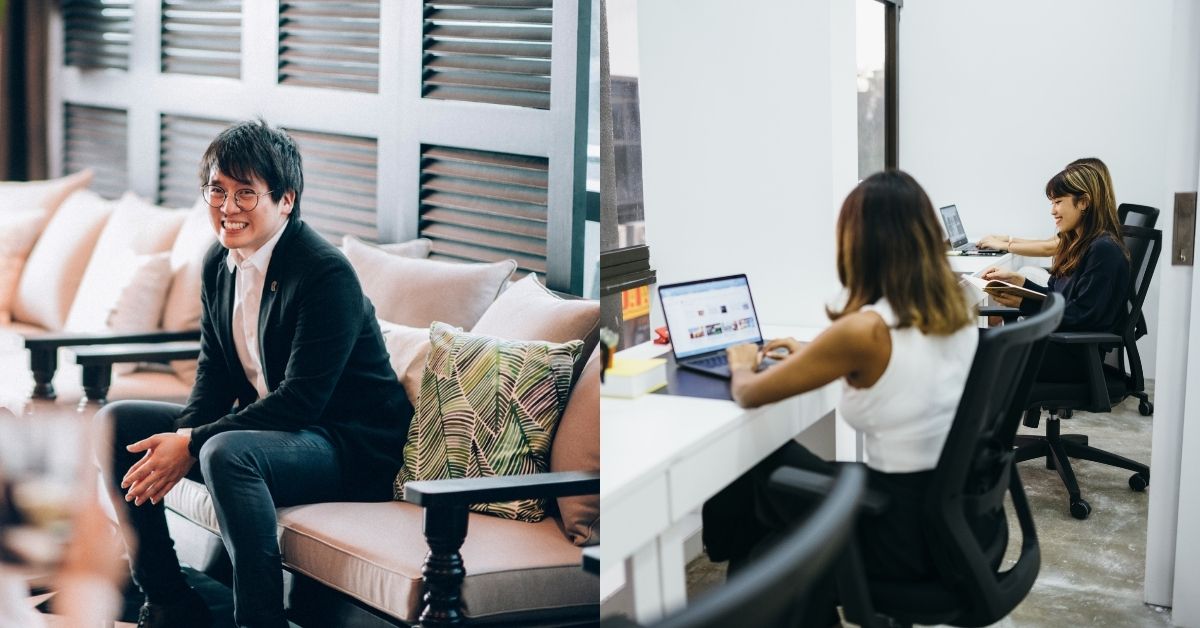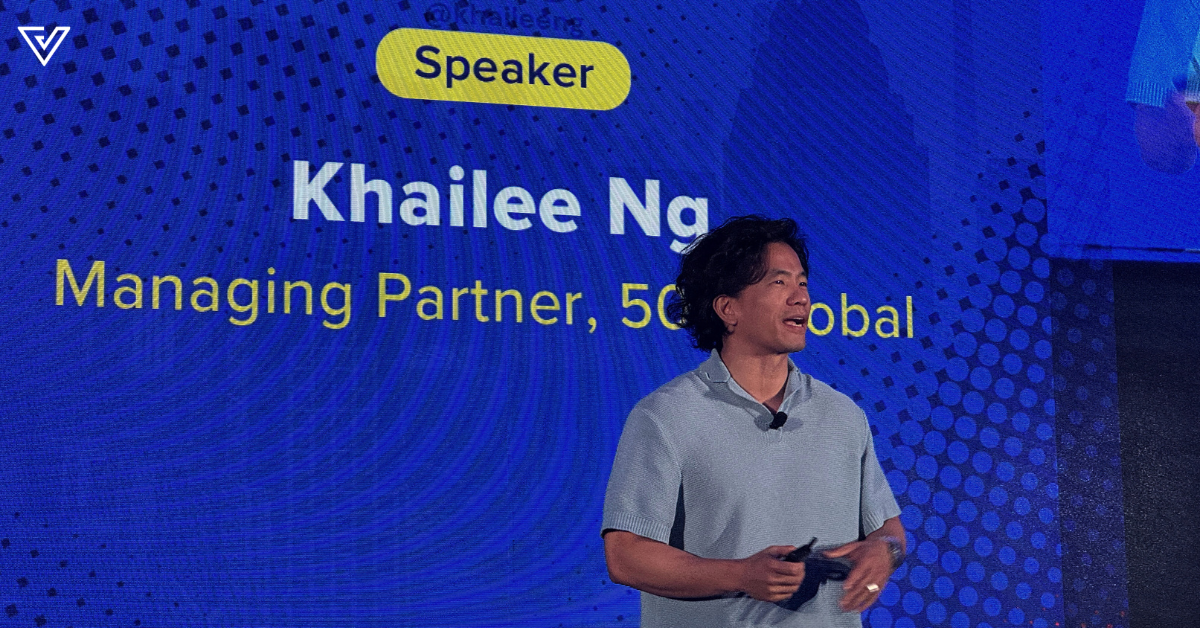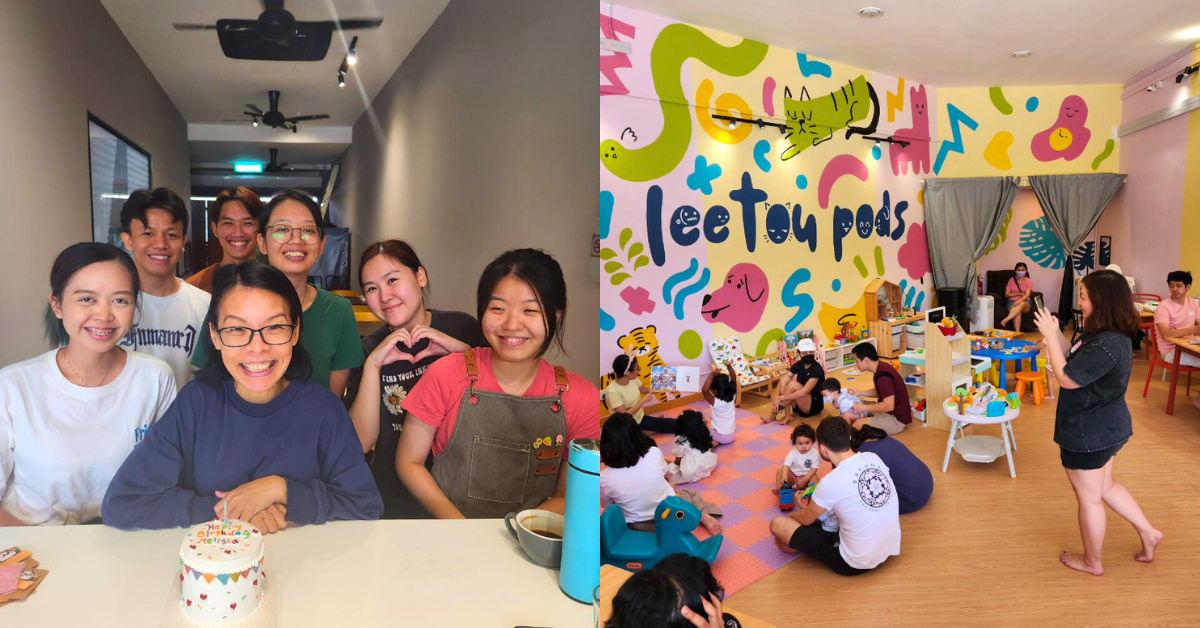Picture this: the Malaysian government has just announced a nationwide lockdown, delegating people to the WFH life. Travel and public gatherings are largely restricted. People are hunkering down and being conservative with their remaining resources.
Meanwhile, Timothy Tiah (Tim), co-founder and Executive Director of luxury coworking space Colony, is working behind the scenes to launch a new, more affordable coworking brand called Jerry.
Of course, it wasn’t the best time to do so, but it was a plan that had already been set in motion, and Tim was committed to seeing it through. But why start another brand when you’ve already got a popular one that’s lauded for its services and facilities under your belt?
Bells and whistles don’t matter
After years of running Colony and studying various coworking space models, Tim had come to realise several things.
For one, while business owners and entrepreneurs liked the idea of flexible office spaces and prices, they weren’t willing to pay the premium Colony charged.
Instead of community, which is one benefit of coworking spaces that got devalued during the pandemic, they also cared more about having a great location, fast internet, and a comfortable office.
Thus, he wanted to have a stripped-down version of the traditional coworking model in order to offer cheaper rates, but without sacrificing quality.
At the same time, he wanted to build a model that would be profitable. So, the team took their experience and lessons learnt via Colony and got to work building Jerry.
Trimming the unnecessary
Tim shared, “A good example was inventory holding cost. When coworking spaces are, say, 70% occupied, they’re still paying for that 30% of space that they have.”
“If they could eliminate the inventory holding cost of that 30%, their margins would improve and they could further reduce their prices. They can do this by having small floor plates instead of the big ones we’re used to.”
And so, they did just that for Jerry, opting for 6,000 square feet spaces instead of the usual 20,000-35,000 square feet spaces that a Colony branch would occupy.
That was a major part of their savings, but some other things they did include automating tours of the space and making it modular.
Usually, people would tour a coworking space before making a commitment, which means having a team on the ground to serve them. But it wouldn’t always lead to closed sales, amounting to lost time and costs. Therefore, adopting a hotel-style booking process just made sense.
“Jerry has no sales team … We provide a virtual tour on our website and if you insist on touring it, you would have to buy a RM10 day pass, which helps us filter out the non-serious prospects,” Tim explained.

On Jerry’s site, you can view the space through pictures, explore its layout, and make an immediate booking. If it’s not to your liking, you can move out the next day.
A typical coworking space usually also has offices of varying sizes for large teams, but Jerry instead offers modular 1, 2, and 4-person private rooms like a hotel too. Contrary to popular solo coworking space plans, Jerry offers no hot desks either.
If a larger team wants to work together, they can just book multiple rooms instead of subscribing to a membership for larger and pricier offices.
“Our bet was that if we made the office rental cheap enough and flexible enough that they can cancel anytime if they didn’t like it… then they would book online. We only opened a few days ago and it’s working! People are actually renting offices even for a year without having to tour them. That’s probably a first for the office rental industry.”
Timothy Tiah, co-founder of Jerry
Going head-to-head
Jerry currently has one outlet in TTDI and another in Subang Jaya, both of which cost approximately RM800K each to build, funded by Colony’s cash reserves. It’s no small cost, but Tim believes that it will get cheaper over time as they scale up their outlets.
“We’re fortunate to be sitting on a comfortable net cash position during this pandemic so we’re able to expand. At the same time though we’re cautious not to take it for granted which is why we’ve cut our loss-making location Colony @ KL Sentral.”
If you Googled “coworking space” in those two locations, you’d see that there are quite a few other choices from known brands. Why then did Jerry join the crowd?
Tim simply replied, “Our plan is to go into locations with a lot of existing coworking spaces so we know that the model there is proven to a certain extent. We then look to offer a cheaper alternative to what already exists in the location.”
Using TTDI for example, you’d find other coworking spaces like WORQ, Common Ground, and se|tempat there. For monthly membership plans if you’re working solo, here are the prices you’d pay without promos:
| Coworking space (TTDI) | Type | Price per month (RM) |
| Jerry | 1 pax private office | 299 |
| WORQ | 1 pax hot desk | 400 |
| se|tempat | 1 pax hot desk | 350 |
| Common Ground | 1 pax hot desk | 699 |
It goes without saying that for team offices, you’d be paying a lot more, yet Jerry would charge you only RM1,196 for a 4 pax room. For comparison, Colony’s private offices start at RM2,390/month. Granted, each of these coworking spaces offers different amenities and complimentary services, with Jerry’s being the most stripped-down offering yet.
Do note though that while the prices quoted for Jerry’s rooms are accurate at the time of writing, Tim explained that the pricing for Jerry is dynamic, so it will increase as its occupancy goes up, and down when it comes down. “Just like how airlines work,” he summarised.
Editor’s Update: The above paragraph has been added to clarify Jerry’s pricing plans better.
A biz that may challenge his own
The MCO had made it difficult for Jerry to launch in June 2021 as planned, so Jerry TTDI was launched just a week ago. Meanwhile, the Subang Jaya branch is slated to open by December.
It’s still too early for Tim to say anything definitive about Jerry’s performance, but he shared that the progress they’ve made has exceeded their expectations.
By mid-2022, the team hopes that both Jerry locations will be profitable on a monthly basis, and that the team will be looking to open more by then.
“I don’t know if that’s conservative or optimistic because it really depends on when our economy opens up again and whether there will be any future MCOs,” Tim said.
However, he remains optimistic about Jerry’s future, believing that it even has the potential to cannibalise Colony despite the latter being a completely different offering.
“More high-end and experience-focused,” he described of Colony, adding, “But I’d rather Jerry cannibalise Colony than someone else.”
Featured Image Credit: Timothy Tiah, co-founder of Colony and Jerry













